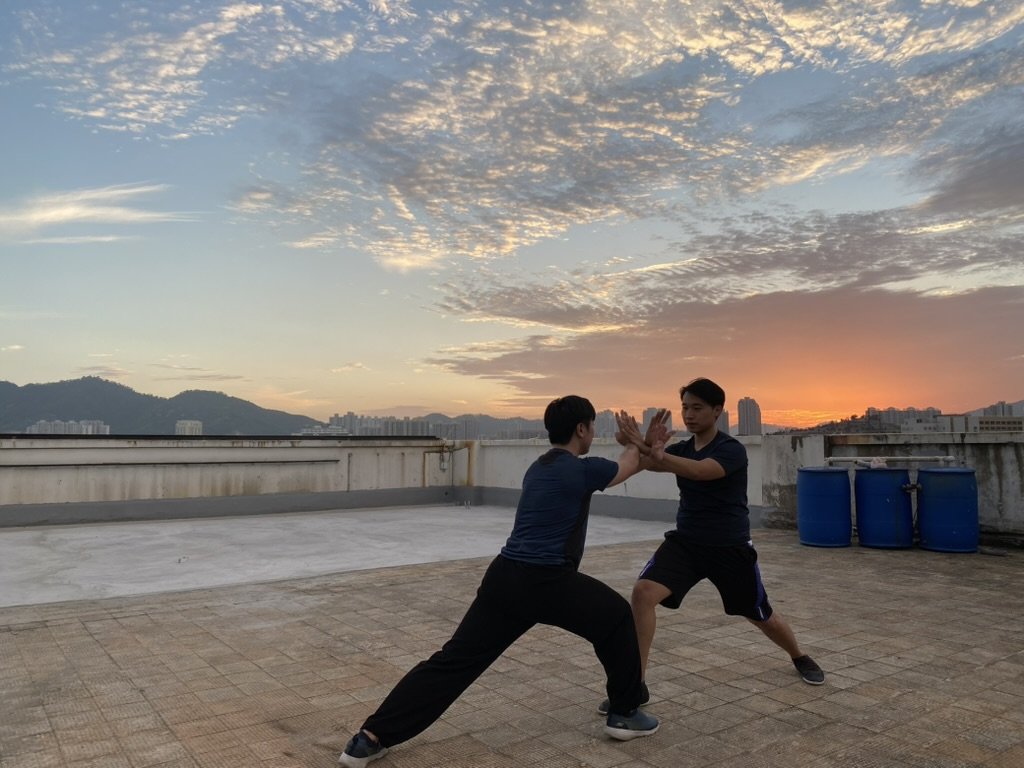What makes a ‘complete’ Kung Fu system?
For anyone deeply involved in Kung Fu, whether through training or as fans of martial arts cinema, there comes a time to evaluate the depth and effectiveness of their practice. As traditional martial arts blend increasingly with modern fitness trends like animal flow, yoga, and contemporary dance, understanding what constitutes a truly complete Kung Fu system becomes crucial.
Understanding a Complete Kung Fu System
The term 'complete' in the context of Kung Fu refers not just to the authenticity or lineage of the style but more significantly to its effectiveness in fostering substantial progression in its practitioners. A complete system ensures that students see tangible improvements through dedicated practice—this is fundamentally why students commit to a Kung Fu style.
Core Training Components of a Complete System
A Kung Fu system considered complete should ideally include the following training components:
Solo Forms: Focusing on individual techniques and movements to hone personal skills.
Duo Forms: Partner training that enhances reaction times and refines interpersonal combat skills.
Sparring: Practical application of techniques in controlled combat scenarios.
Weapons Training: Mastery of traditional weapons, extending the range and versatility of combat skills.
Stretching, Qi Gong, and Conditioning: Essential practices to maintain health, flexibility, and internal energy balance.
Role of the Master or School
Our students with sifu training one of the lines from Xingyi Quan
Masters and schools play a crucial role in providing a training system that includes all five key elements, ensuring a holistic and progressive training experience for students. However, it's important to note that not all schools or systems will have all these elements available immediately or at all stages of training. The initial phase of learning may take years before advancing into more complex aspects of Kung Fu.
Cultural Depth and Modern Challenges
Our students practice the two person form Qing Long Quan, practiced quickly its a good bone-conditioning set
Besides physical training, the cultural backbone of Kung Fu—encompassing ethics, philosophies, and traditions from ancient China—also plays a vital role in a complete system. Practitioners today face the challenge of preserving these traditions amidst the influx of modern fitness trends and evolving definitions of what is considered 'traditional' Kung Fu.
Ensuring a Holistic Kung Fu Practice
We recognize that not all schools or systems will provide all five components from the start, and this isn't necessarily a drawback. Sometimes, certain elements are introduced later in the training process. Moreover, this article does not claim to present an absolute truth applicable to all; every student's journey is individual. However, it is also the student's responsibility to remain curious and informed about the broader aspects of their training that they may not yet be aware of.
A complete Kung Fu system integrates effective training methods with a deep respect for cultural traditions, tailored to meet contemporary needs. For practitioners, the challenge lies in selecting schools and masters that uphold these comprehensive standards, ensuring that their practice is not only transformative but also relevant in today's dynamic martial arts landscape.
By committing to a complete system, Kung Fu practitioners can achieve a well-rounded understanding of the art, ensuring their training is robust, authentic, and practically effective.


